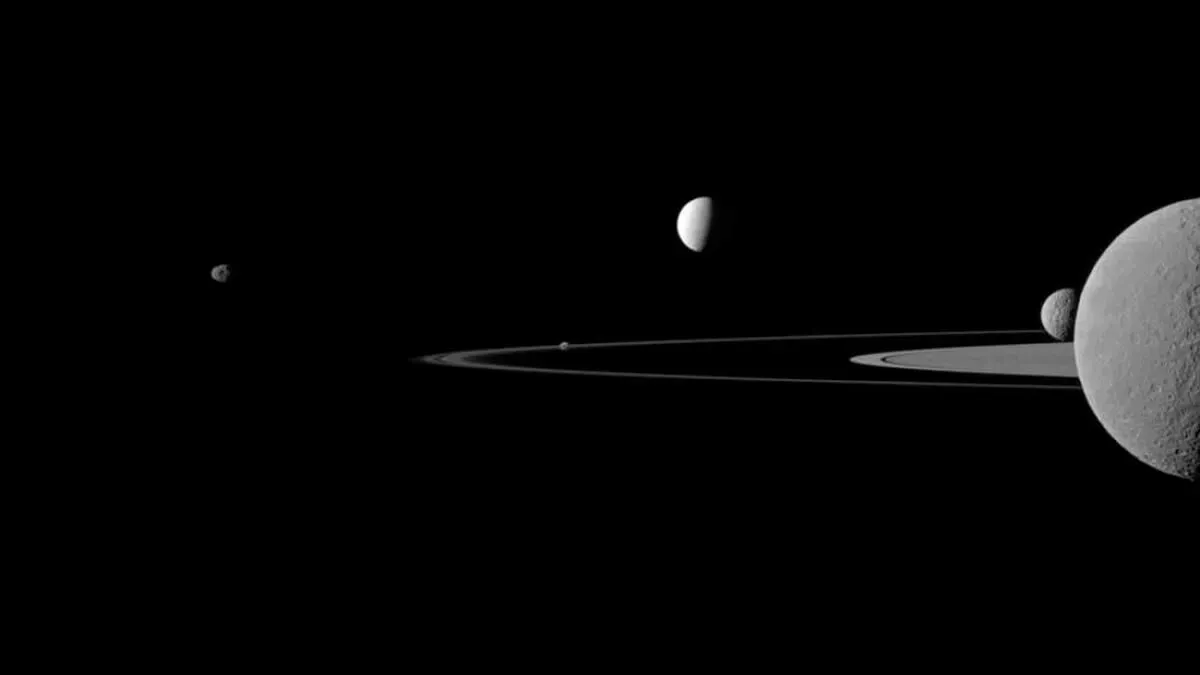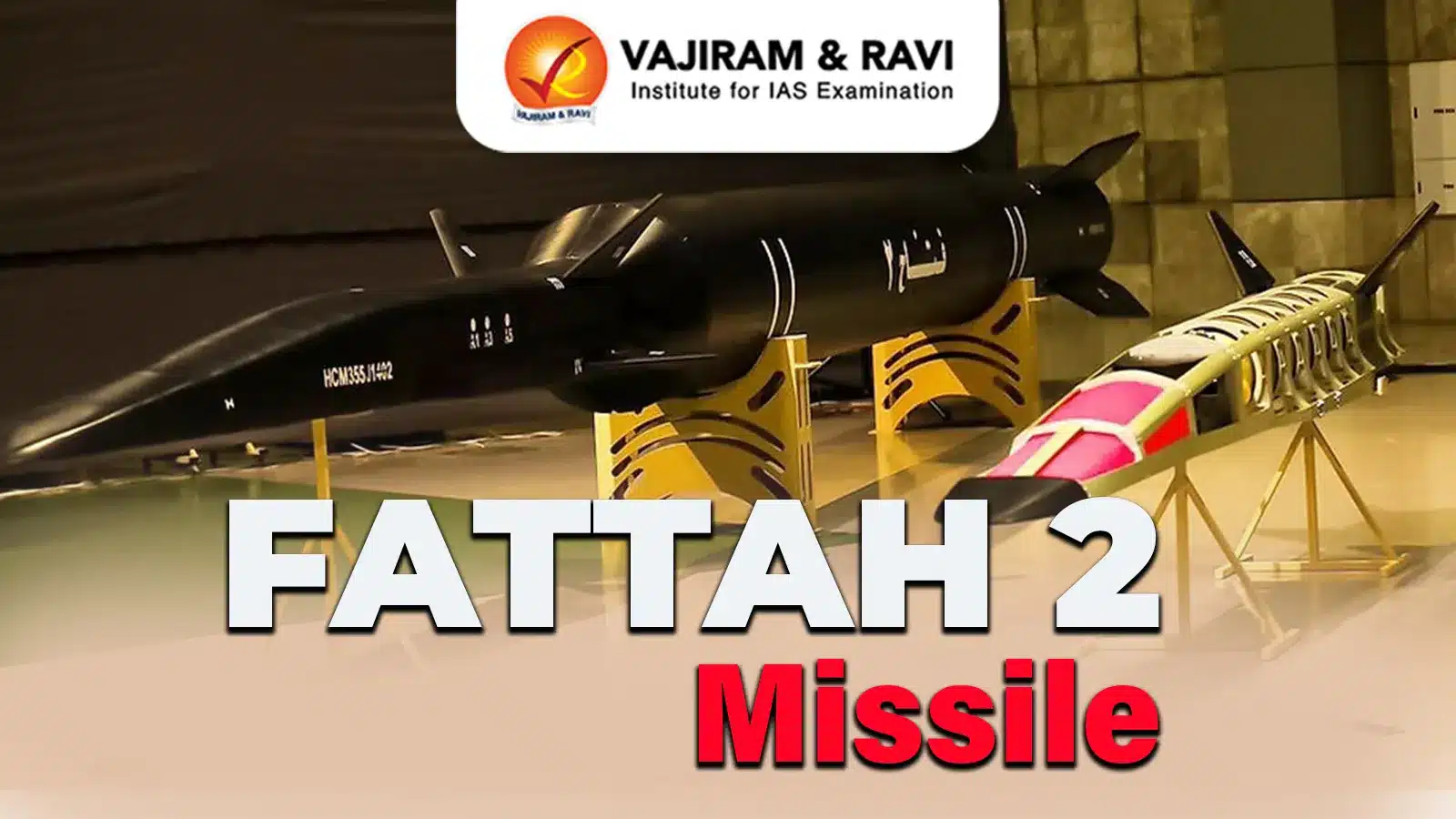About Trojan asteroids:
- Trojan asteroids are a class of asteroids that occupy a stable Lagrange Point in a planet’s orbit around the sun.
- These are usually found around Lagrange PointL4 or L5 points which makes them gravitationally stable.
- These are thought to be remnants of the primordial material that formed the outer planets.
- Their orbit around the sun is similar to the orbit of the planet they are associated with.
- These were discovered by German astrophotographer Max Wolf in 1906, but they were named so later.
- They have unusual orbits, remain gravitationally stable for long periods of time and studying them can provide useful insights into the evolution of the solar system.
What are Lagrange points?
- A Lagrange point is a position in space where the gravitational pull of two large masses precisely equals the centripetal force required for a small object to move with them.
- These points in space can be used by spacecraft to reduce fuel consumption needed to remain in position.
- The Lagrange points are named in honour of Italian-French mathematician Josephy-Louis Lagrange, and there are five of them: L1, L2, L3, L4, and L5.
- The L1 point of the Earth-Sun system affords an uninterrupted view of the Sun.
- It is currently home to the Solar and Heliospheric Observatory Satellite SOHO.
Q1: What is an Asteroid?
Asteroids, sometimes called minor planets, are rocky remnants left over from the earlyformation of our solar system about 4.6 billion years ago. The current known asteroid count is at least 1,351,400. Most of this ancient space rubble can be found orbiting the Sun between Mars and Jupiter within the main asteroid belt.
News: Science for All | What are Trojan asteroids?
Last updated on June, 2025
→ UPSC Notification 2025 was released on 22nd January 2025.
→ UPSC Prelims Result 2025 is out now for the CSE held on 25 May 2025.
→ UPSC Prelims Question Paper 2025 and Unofficial Prelims Answer Key 2025 are available now.
→ UPSC Calendar 2026 is released on 15th May, 2025.
→ The UPSC Vacancy 2025 were released 1129, out of which 979 were for UPSC CSE and remaining 150 are for UPSC IFoS.
→ UPSC Mains 2025 will be conducted on 22nd August 2025.
→ UPSC Prelims 2026 will be conducted on 24th May, 2026 & UPSC Mains 2026 will be conducted on 21st August 2026.
→ The UPSC Selection Process is of 3 stages-Prelims, Mains and Interview.
→ UPSC Result 2024 is released with latest UPSC Marksheet 2024. Check Now!
→ UPSC Toppers List 2024 is released now. Shakti Dubey is UPSC AIR 1 2024 Topper.
→ Also check Best IAS Coaching in Delhi
























